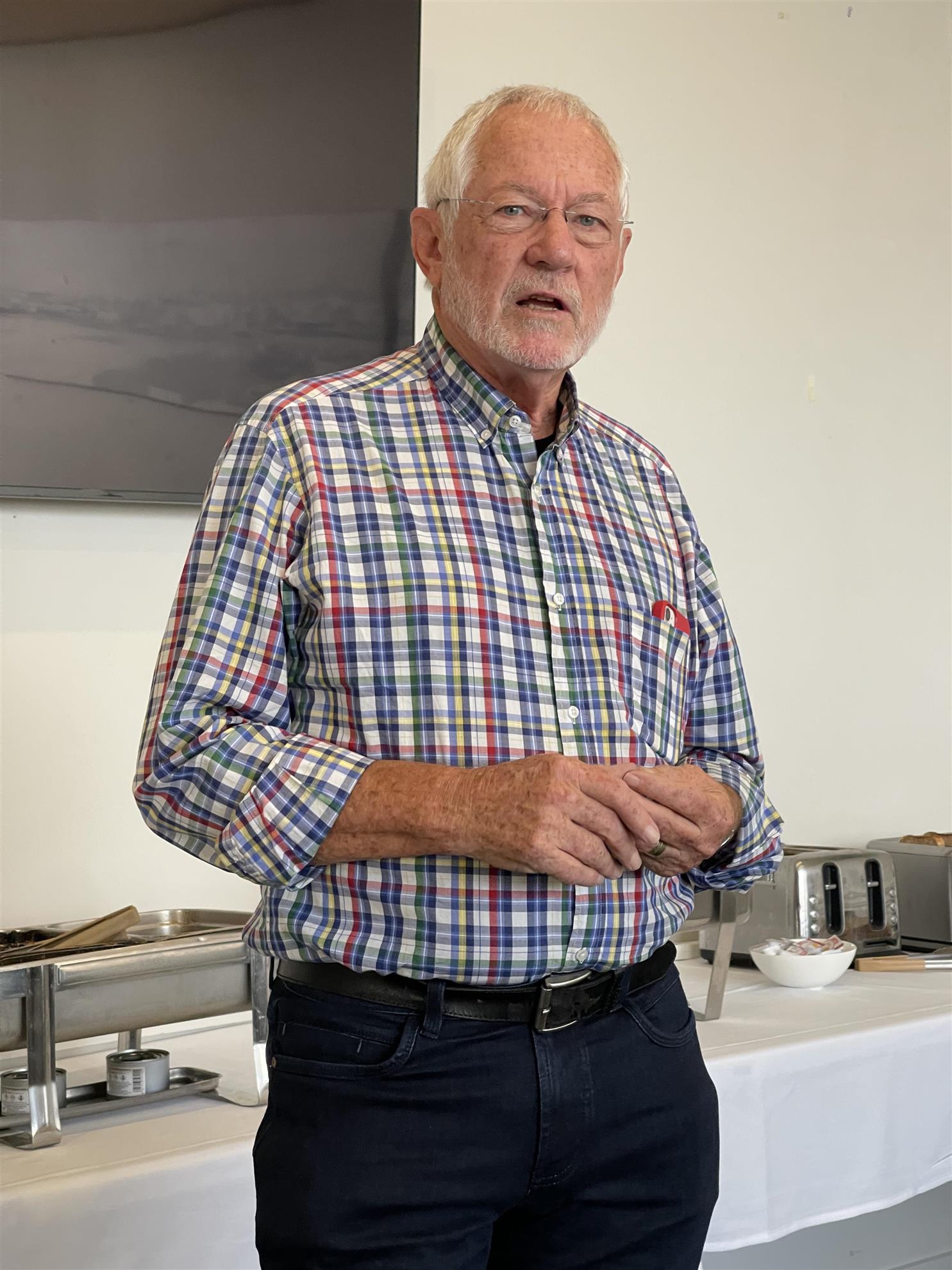
At last weeks Rotary Ahuriri Sunrise meeting, new(er) member Andy Pearce introduced himself and discussed the possibility of another global financial crisis.
Andy spoke briefly about himself and gave an interesting insight on the Global Financial Crisis in 2008 and why we are not facing down the barrel of another GFC despite the recent banking upheavals in the US and Switzerland.
Andy grew up in Hawkes bay and studied geology at the University of Canterbury followed by a PHD at Magill University in Montreal where his subject was Geomorphology - the evolution of landforms.
He worked as a scientist in New Zealand and became the first CEO of Landcare Research.
In 2008 he was appointed a Director of the Bank of New Zealand because, if you believe what he says, he knew absolutely nothing about banking. His appointment apparently did not cause the GFC which followed shortly thereafter.
Andy painted an interesting picture of the world’s banking frailties. He says it had been brewing for some time where banks had been lending mortgages to people who could not afford to pay them on properties they had little or no equity in, bundling these low value or worthless securities and selling them on. When Lehman Brothers merchant bank failed the US Govt refused to bail them out and interbank lending froze overnight in the US which led to widespread banking collapses and the collapse of financial markets.
In New Zealand and Australia the major banks had little or none of these valueless debt securities but had borrowed large amounts of cheap foreign funds. When the GFC hit these banks although basically sound, where unable to roll over these funds on the same terms and were reduced to borrowing funds at overnight rates. In Andy’s view, Michael Cullen took a reckless risk in refusing to give a Government guarantee for six months in an effort to force the Australian owners of the main NZ banks to provide greater security, which they would have had difficulty in doing or, they were unable to do because of their high domestic debt rates. In any event after six months a Government guarantee was given which opened the door to longer term foreign investments and our basically sound economy carried on.
The recent banking upheavals in the US have manifested themselves in the failure of the Silicon Valley bank in California which by US standards was a small to middle sized bank but was roughly the same size as the ANZ in NZ, which we would call a big bank. It had a narrow base with 70% of its investments in IT and an over exposure to bonds which had fallen in value due to interest rate rises. General unease as to the risks led to panic withdrawals, which were extremely rapid due to the ability to withdraw funds electronically. These led to major withdrawals over a six hour period which caused the banks almost instantaneous insolvency. This failure was closely followed by the failure of the First Republic Bank which in turn led to a federal guarantee of investor funds which stabilised matters although there is still some remaining volatility.
Credit Suisse had been on the wrong side of funding failures and bad investment decisions for a ten year period and finally reached a tipping point. It was bought out by another major Swiss bank under major pressure from the Swiss Government which was able to offset the at risk investments due to the heavy discount for the overall bank assets.
New Zealand has been largely insulated from these instabilities and risks in the world. NZ banks are now required to have 70% NZ funding and have large amounts borrowed on stable terms and invested largely on low risk residential loans. Our banks have strong disclosure rules and are strongly funded and regulated.
Andy finished up by counselling that although NZ banks and the economy are in a relatively strong position, that there is never a good time to be complacent.
His presentation made us all, (who, truth to tell, probably are pretty complacent) think.
